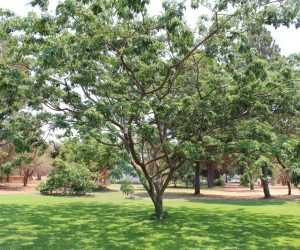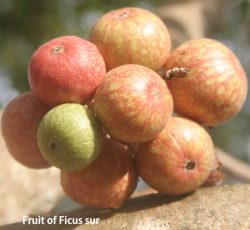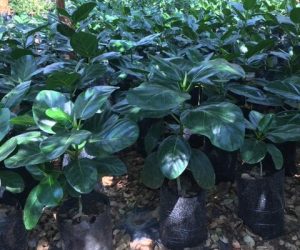Tree Families
NOTES ON PLANT FAMILIES
Plant classification started in the time of Aristotle, scientifically structured in the 18th century, and has evolved continuously from that time. The development of molecular science and DNA has helped to more accurately classify plants.
Trees belong to families, and like most families, members of the same family share characteristics. If you know the family of a tree, you will have a better understanding of how the tree grows, its characteristics and its identification. So, for example, if you know a tree belongs to the legume family (now the Fabaceae) it is likely to fix nitrogen; or a tree belonging to the Bombacaceae (now the Malvaceae) species, might yield useful seed products.
Below you will see the main family groups and a short description of the family characteristic.
Anacardiaceae Family
Characteristics: Often has watery latex. Leaves are imparipinnate, opposite or alternate.
Apocynaceae Family
Characteristics: Watery latex, leaves alternate of whorled
Balanitaceae Family
Characteristics: Spiny, leaves compound with two asymmetric leaflets, fruit a leathery drupe.
Bignoniaceae Family
Characteristics: Leaves are compound, pinnate, opposite or whorled. Large flowers
Bombacaceae Family sub family of the Malvacea
Characteristics: Leaves are palmate, digitate, 3 – 5 leaflets, alternate.
Boraginaceae Family
Characteristics: Leaves simple and alternate and rough texture

Fabaceae Caesalpinoideae Family
Characteristics: A large family with extensive representation in miombo woodland. Leaves alternate, usually 1-pinnate, fruit a pod, often dehiscent.
Combretaceae Family
Cahracteristics: Leaves simple, entire, alternate, opposite, or whorled, fruit a 2 – 5 winged capsule.
Ebenaceae Family
Characteristics: Leaves leathery, usually alternate, sub-opposite, or whorled, fruit a berry.
Euphorbiaceae Family
Characteristics: A large family with milky latex, leaves alternate sometimes with toothed margins, monoecious or dioecious, fruit capsular or a drupe.
Lorem ipsum dolor sit amet, consectetur adipiscing elit. Ut elit tellus, luctus nec ullamcorper mattis, pulvinar dapibus leo.
Fabaceae Mimosoideae Family
Characteristics: Leaves alternate, usually 2-pinnate, fruit a pod, or capsule, seeds often with an areole.
Malvaceae Family
Characteristics: A diverse family is still under discussion. Leaves simple, alternate, elliptic, digitate 3- to 7-foliate from the base, monoecious, fruit a woody capsule.
Meliaceae Family
Characteristics: A diverse family, leaves alternate, simple or imparipinnately compound (opposite or sub-opposite leaflets), monoecious, or dioecious, fruit a capsule (some with winged seeds), or drupe.
Moraceae Family FICUS
Characteristics: A diverse family with milky latex, leaves mostly alternate, lobed or unlobed, monoecious or dioecious, fruit fleshy, sometimes edible.
Oleaceae Family
Characteristics:

Fabaceae Papilionoideae Family
Characteristics: Leaves alternate, usually pinnate, or 3-foliolate, fruit a variety of pods, seeds without areoles.
Rhamnaceae Family
Characteristics: Leaves simple, alternate, sometimes opposite, sometimes thorny, fruit a drupe or capsule, some edible.
Rubiaceae Family
Characteristics
Simaroubaceae Family
Characteristics: Leaves alternate and imparrinate. Monoecios. Fruit is a wide angled capsule.

Ulmaceae
Characteristics: Trees, Leaves simple, ovate, alternate, 3-veined from the base, margin serrated, monoecious, or, dioecious, fruit small, spherical.









































